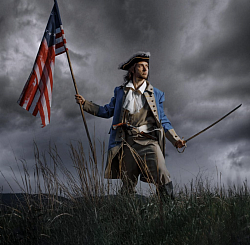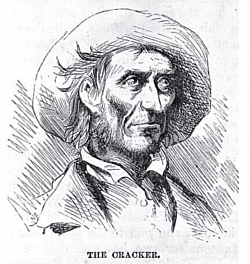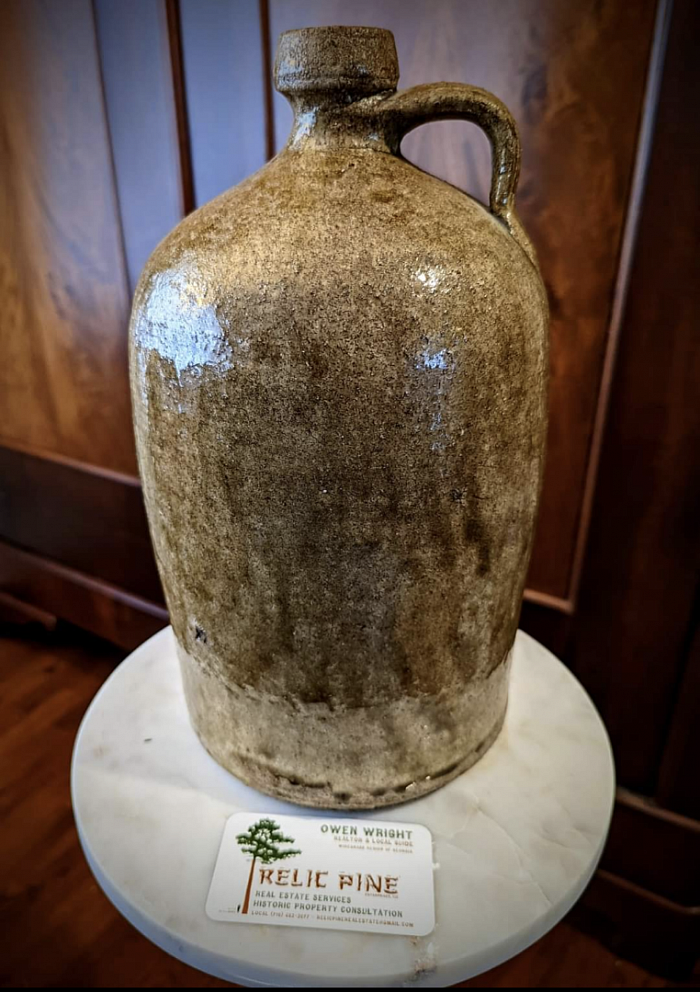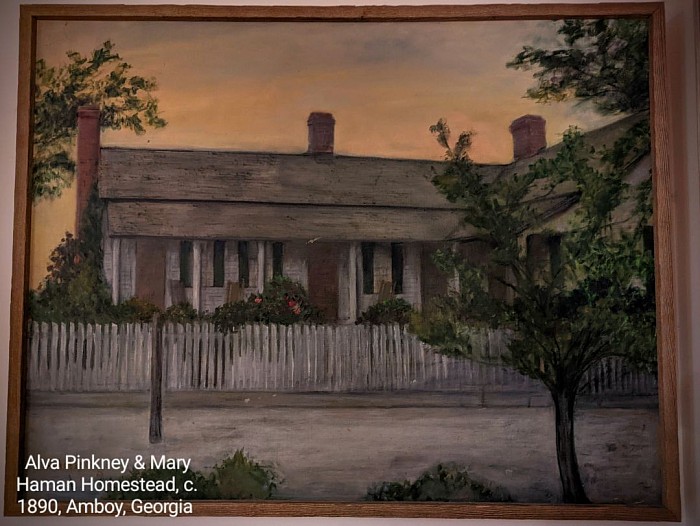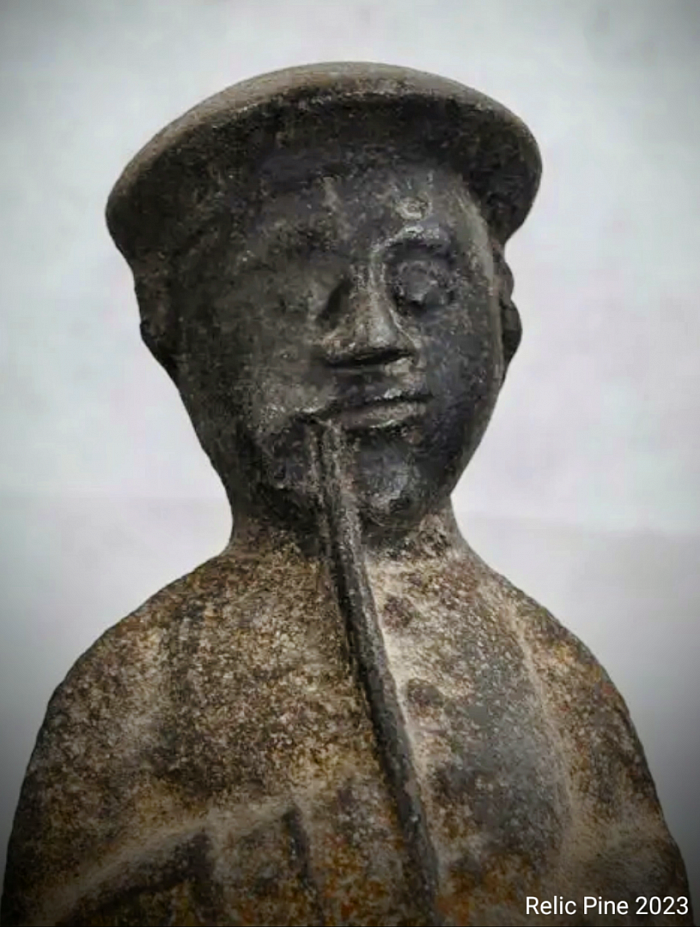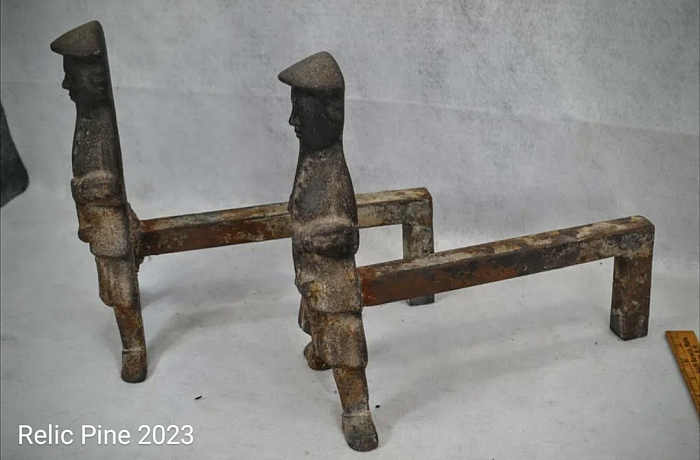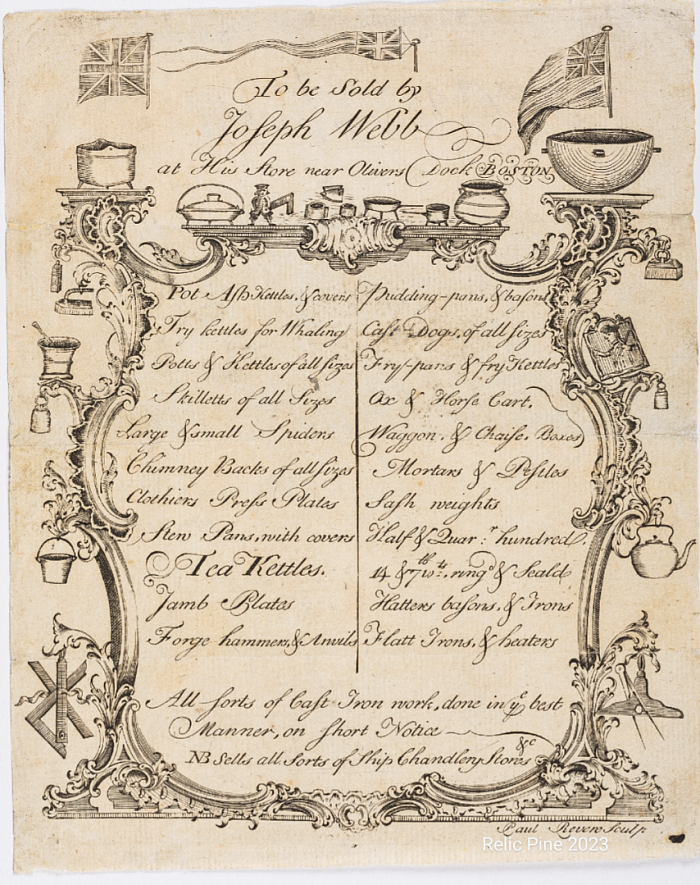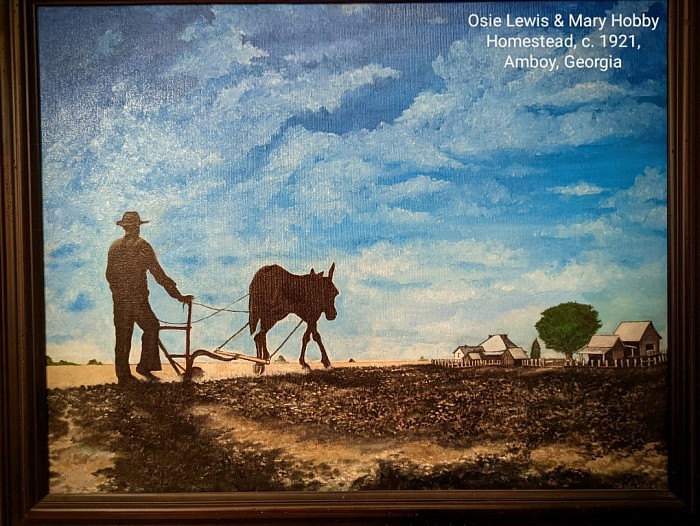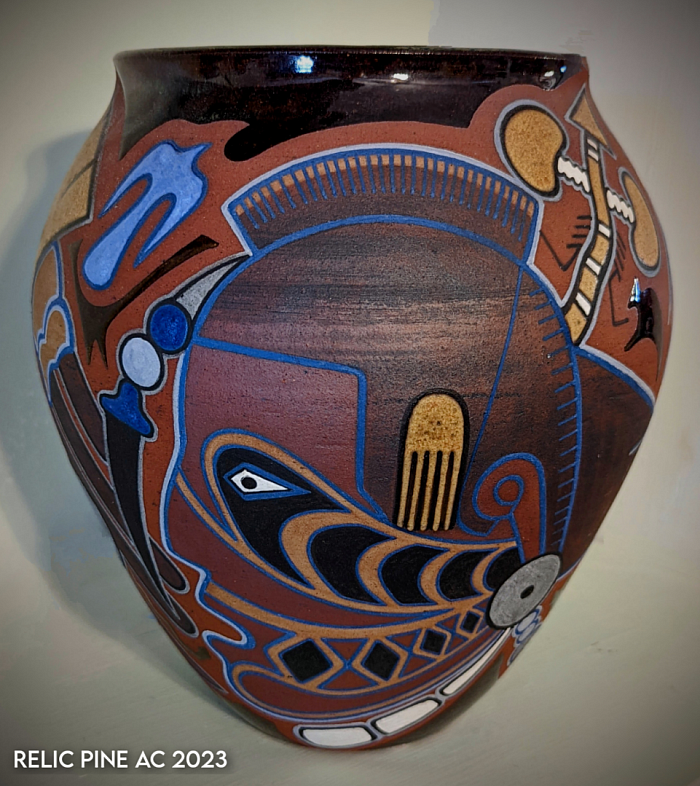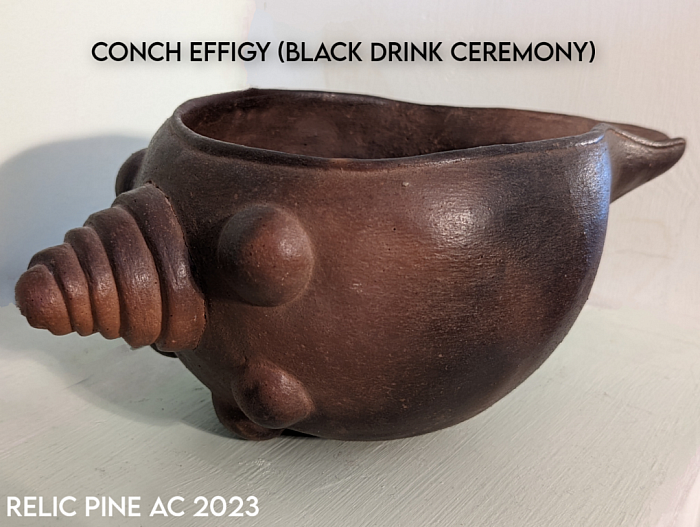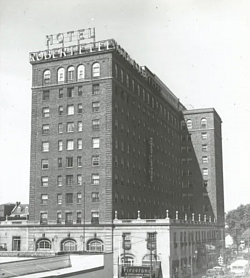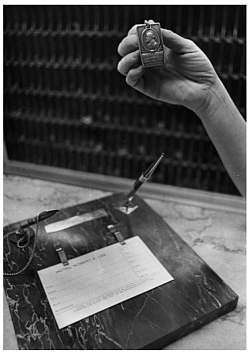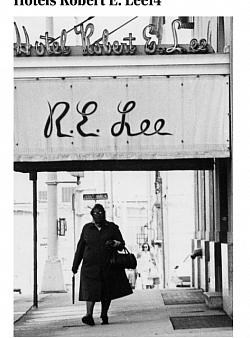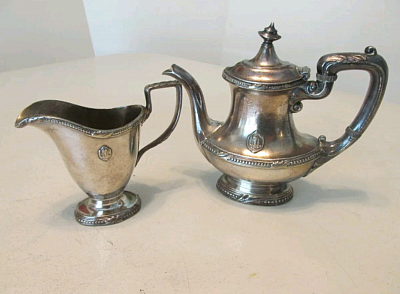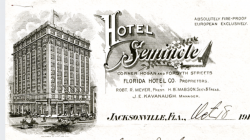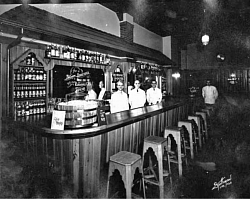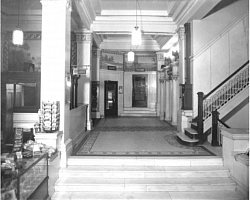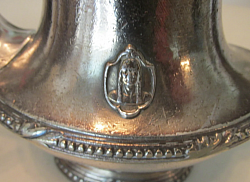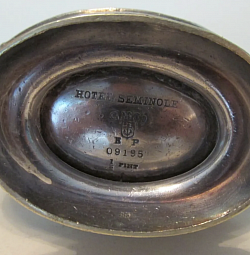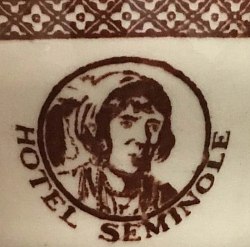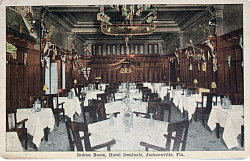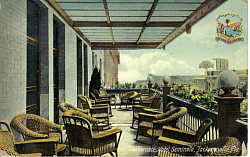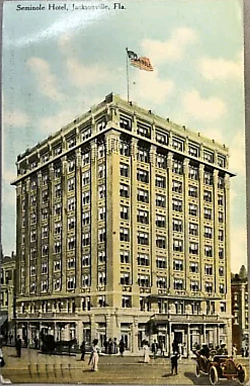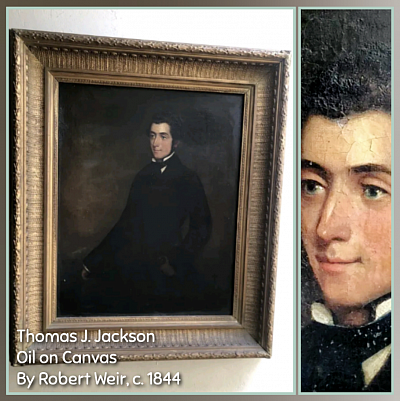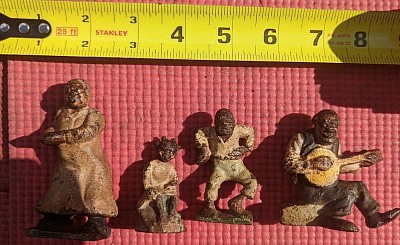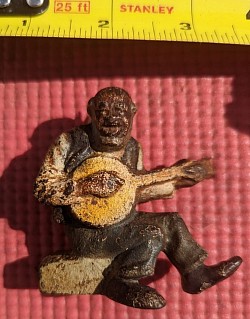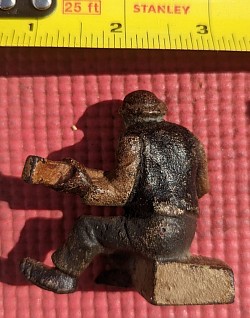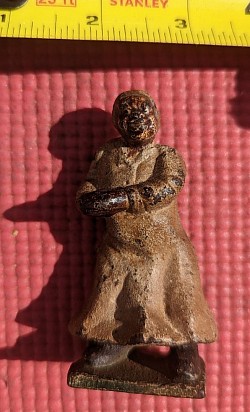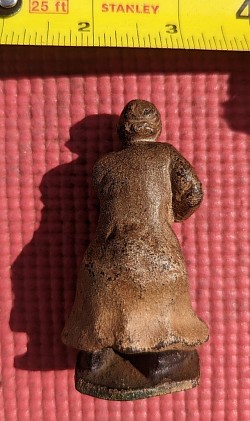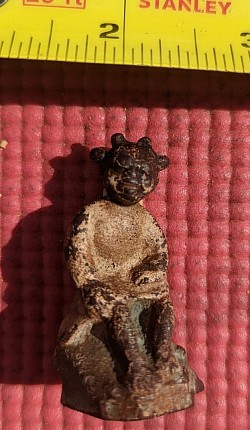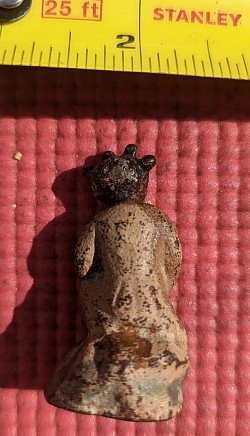Relic Pine's Americana Collection Serves to Preserve Our History Through Art & Architecture
Tangible Insight into America's Past
Relic Pine established its Americana Collection as an inspirational learning tool for both staff and clients. The Collection is comprised of rare forms of various utilitarian objects, decorative arts, and architectural antiques that would have been found associated with 17th and 18th century Southern homes. Native American and Southern Contemporary Art are also found here. Artifacts from this collection will be displayed for the visual enhancement of completed projects (staging), inspire the creation of period reproductions, and clarify the relationship between the form and function of Southeastern Folk Art and High-Style Southern Design.
----------
If you enjoy Southern history and architecture, Relic Pine encorages you to learn more about the decorative arts. When in Winston-Salem, North Carolina make plans to visit the Museum of Early Southern Decorative Arts (MESDA). The museum offers a wide array of tours, exhibits, lectures, and workshops.
For Additional Information
Additional data on objects within Relic Pine's Americana Collection can be found in the Rambling Blog.
1920s Relic from Winston-Salem, North Carolina
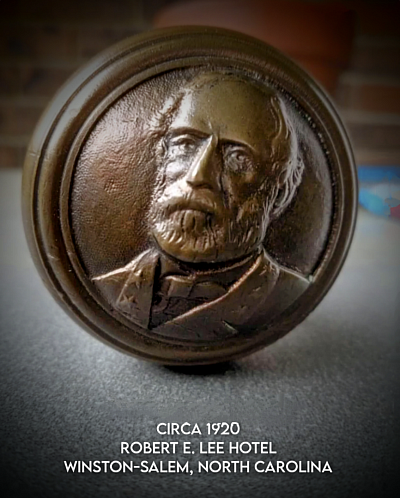
The bronze door knob depicts R.E. Lee and would have been associated with the hotel's more public areas such as the lobby, lounge, or dining room.
The Robert E. Lee Hotel was a gleaming 10-story symbol of Winston-Salem's boom time when it opened its doors in 1921. Once the tallest building in the city, the edifice and interior were designed by architect William R. Stoddart in the Beaux Arts Style. A local gathering place for dining, socials, and civic club meetings, many remember going to dances on the hotel rooftop. The Robert E. Lee Hotel was also a popular destination for out of town guests such as Ike and Mamie Eisenhower, Bob Hope, Ava Gardner, and Joe DiMaggio.
The lobby and other public spaces were lavishly decorated with eloquent light fixtures, plush seating, an oil painting of Robert E. Lee, and various romanticized images of the Old South. Stoddart's ornate design plan even included the hotel's custom door knobs.
Rare Knob Found
The door knobs were affixed to polished brass rim locks. The inner knob resting against the locking mechanism was cast brass. Very heavy, the opposite knob was cast in bronze and bore the likeness of Robert E. Lee. It is currently unknown how many of the sets were salvaged. Our architectural historians surmise that they could have been melted down but are probably sitting in an old cardboard box deep within some obscure North Carolina basement?
Relic Pine recently stumbled upon an original hotel knob set in a private collection in Little Rock, Arkansas. For a small donation the owner gladly gave the rare artifact to the Americana Collection. Despite showing signs of use and baring the scrawled initials of an old owner on its base, our professionals are very happy to safe guard this little piece of Winston-Salem history.
Epilogue
In the Spring of 1972 three hundred charges of dynamite brought the landmark crashing to the ground, clearing the way for two new hotels and the Benton Convention Center.
Interestingly, other cities boasted grand Robert E. Lee Hotels. Travelers could reside in stately fashion in San Antonio, Texas, Lexington, Virginia, Saint Louis, Missouri, San Diego, California, and Jackson, Mississippi. Numerous smaller early 20th century hostileries along American roadways, such as motels and motor courts, were also named for Lee, his honorable legacy, and popular marketing appeal .
Gorham EP Tea Pot & Creamer, c.1910The Hotel Seminole, Jacksonville, Florida
The Seminole Hotel opened on January 1st, 1886. With a number of investors, including Mr. Chase, The Winter Park Company constructed the first Seminole Hotel at the cost of $150,000. The hotel, completed and opened January 1, 1886, was the largest hotel south of Jacksonville, Florida. It was a "state of the art" hotel for its time with steam heat, gas lighting, an elevator, electric service bells, a fire alarm system, approved fire escape, hot and cold baths and a steam bath.
The hotel, which accommodated 400 guests across 200 rooms, was situated on a site bounded by Osceola Avenue and Lake Osceola and sat at the eastern end of New England Avenue. New England Avenue was carved out as one of Winter Park's earliest roads in order to build the Seminole Hotel.
At that time, wagons, carriages and bicycles were the only modes of local transportation. However, guests of the Seminole Hotel were treated to a mule and cart ride that sat on the same rails that were constructed to carry wood in order to build the hotel. Many of these passengers came to Winter Park in the winter months to escape the snow and frigid temperatures of the North!
The original Seminole Hotel burned to the ground in September, 1902. In 1912, a second Seminole Hotel was built which boasted a much smaller 82 rooms. The new hotel was located on East Webster Avenue and sat on the banks of Lake Osceola. This hotel was torn down in 1970.
This silver plated creamer and tea pitcher are a rare set associated with the Hotel Seminole's reconstruction in 1912. Despite seeing regular use in both the Indian Room and room service requests, there are no cracks breaks or repairs. These artifacts do have the typical nick, scrapes, and scratches from regular use. The creamer is 5.25 inches by 2.5 inches tall. Tge teapot is 7.25 inches by 3 inches by 6.25 inches. Both are very thick walled.
Go Noles!!
A Missing Stone in the Stone Wall: Early Painting of Thomas J. Jackson by Robert Weir, c. 1844
Old Blue Light*
Thomas Jonathan Jackson was born on January 21, 1824, in Clarksburg, Virginia (now West Virginia). When Jackson was two years old, his six-year-old sister died of typhoid fever. His father, Jonathan Jackson (1790-1826), an attorney, perished of the same disease a short time later, leaving his wife, Julia Neale Jackson (1798-1831), with three children and mounting debt. After Julia Jackson remarried in 1830, to a man who reportedly disliked his stepchildren, Thomas Jackson and his siblings were sent to live with various relatives. The future general was raised by his Uncle Cummins in the nearby town of Jackson’s Mill.
Young Thomas Jackson worked on his uncle's farm at Jackson’s Mill. He had a sheepdog to help him herd sheep, he drove teams of oxen, and there were crops such as corn and wheat to be harvested. Jackson’s education was not full. He attended school classes sporadically, it was now and then, but never enough. He compensated by avidly reading literature, studying the Bible, and learning mathmatics during his free time at home.
In 1842, Jackson enrolled at the United States Military Academy at West Point, New York. Older than many of the other students, he initially struggled with the curriculum and endured frequent ridicule due to his limited education. However, Jackson worked hard and eventually met with academic success, graduating with honors in 1846.
Robert Walter Weir
While at West Point Jackson developed a friendship with New York artist Robert Walter Weir (1803-1889). Weir was appointed Teacher of Drawing at the academy in 1834; by 1846 he was promoted to Professor of Drawing and held this position until 1876. Weir was the fifth artist to hold the position of art instructor at the academy. During his 42 years in this post, he instructed other notable future commanders who would gain fame in the 1860s. Among these students were A. P. Hill, George Pickett, Birkett D. Frye, James A. M. Whistler, Seth Eastman, and Ulysses S. Grant.
Robert Weir was a painter of the Hudon River School who never finished college but taught himself drawing and later studied painting in Italy; most of his time spent in Rome and Venice. Achieving success upon his return to New York in 1824, he was elected to the National Academy of Art in 1829. Weir created more than 450 known works and numerous unsigned paintings that may never be attributed to him.
The Rarity Revealed
This oil on canvas painting is believed to have been created by Weir around 1844 while Cadet Thomas J. Jackson took a welcomed break from his studies. Present in this detailed work are characteristic facial features that would become deeply chiseled from the hardships of war in the years to come. Jackson's hairline, large ears, brow line, blue eyes, jaw line, and subtle grin are all beautifully executed. He wears typical 1840s attire. In his left hand he holds the hilt of a sword or cane. In the distance are the falls of the Hudson River near the academy.
Considered a "lost work" for over 100 years by art historian Helmut Zitzwitz, the painting was ultimately discovered and purchased by Relic Pine from a private estate. The condition of the painting is considered "fair to good" considering its weathered age, poorly executed repairs, and brittle cotton substrate. Museum quality conservation will be carried out to help ensure this rare work will delight future generations of art enthusists and historians.
Thomas J Jackson remains a hero to many devout Americans for his intellect, honesty, generosity, kindness, bravery under fire, and pious Christian beliefs. Many regiments from Wiregrass Georgia were mustered in under the command of Stonewall Jackson serving in numerous campaigns throughout Virginia, including Bull Run, the Valley Campaign (Shenandoah), and the Wilderness.
_______________
* According to Shelby Foote, Confederate General Stonewall Jackson carried the nickname "Old Blue Light" because his men said his eyes glowed with a blue light when battle commenced. The nickname is referenced in the lyrics of "Stonewall Jackson's Way" (penned circa 1862).
Wilton Black Americana Cast Iron Figurines Discovered in Historic House Wall Cavity
A set of four (4) painted, cast iron figurines in the form of “Mammy,” “Uncle Mose,” and a seated female, and a dancing, male were produced by the Wilton Casting Works in Wrightsville, Pennsylvania between 1897 and 1920. Wilton produced a variety of novelty items, including trivits and children's toys. Products produced by Wilton are often confused with those produced by Hubley Manufacturing in Lancaster, Pennsylvania who was producing similar items at the same period of time.
NOTE: A nearly identical set resides withon the Smithsonian Institution under catalog number 2007.7.286.1-.4.
Black Americana items were popular during the late 19th and early 20th century and have become quite collectible in today's market. These stereotypical designs reflected conjured images enjoyed in literary publications (Joel Chandler Harris), newspapers, comic strips, and the music of the day. Stereotypical imaging covered a broad spectrum during this time, seeing an equal rise in the comical and often poor depiction of Southerners, Appalachian Mountain People, Chinese, Japanese, Mexican, and Native Americans. Cruel or harmless, no one was safe from the swinging hammer of satirical art.
This rare set of four (4) figurines was discovered by Relic Pine's architectural archaeologists while excavating the wall contents of an historic home in Georgia. We surmise that they were dropped behind a wall through a hole by a child then forgotten. When discovered in 2024, they were documented then sent to the lab for cleaning and cataloging.
---------------
(A) A cast iron figurine in the form of “Mammy.” The figurine is depicted standing on a green base with her hands are clasped together around a bowl or plate and held slightly to the right. Traces of the original paint remain. She is wearing a white shirt, light yellow skirt, and black shoes. A white kerchief covers her head. A white sticker is adhered to the bottom the figurine. H x W x D: 3 1/4 × 1 3/4 × 1 1/4 in. (8.3 × 4.4 × 3.2 cm)
(B) A cast iron figurine in the form of “Uncle Mose.” the original paint is worn from use as a child's toy. The figurine is depicted seated on a block or hay bale, painted light yellow, strumming a banjo. He is partially bald with a ring of gray hair around the back of his head, a gray beard, and gray eyebrows. He is wearing an off-white shirt, black vest, gray pants and black shoes. The banjo has been painted yellow. H x W x D: 2 1/2 × 2 1/2 × 1 3/4 in. (6.4 × 6.4 × 4.4 cm)
(C) A cast iron figurine in the form of a small female. The girl is depicted seated on a gray rock or cotton sack with her hands in her lap. She is wearing a white dress with no additional ornamentation. Her hair is in four (4) pigtails on top of her head. The figurine was probably a beloved child's toy due to the amount of paint wear and discoloration. H x W x D: 2 1/8 × 1 1/8 × 1 in. (5.4 × 2.9 × 2.5 cm)
(D) A cast iron figurine in the form of a male. The boy is depicted in a dance pose with his elbows up, hands at his waist and his proper left knee bent and slightly raised to the side. He is standing on a green metal base. He is wearing a white shirt and light blue pants. H x W x D: 2 3/8 × 717 × 1 in. (6 × 1821.2 × 2.5 cm)
Sensitivity Statement
Objects depicting racist and/or stereotypical imagery or language may be offensive and disturbing to some, but Relic Pine's aim isto include them in the Americana Collection to present and preserve the historical context in which they were created and used. Objects of this type provide an important historical record from which to study and evaluate the advancement of American Culture.


